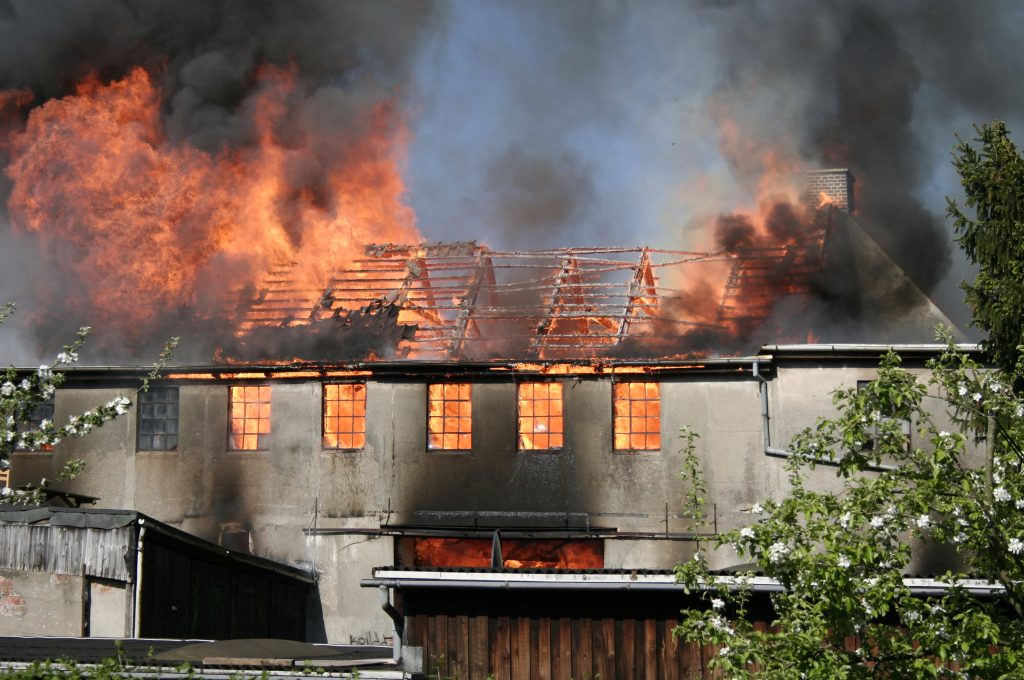 In the law, words matter greatly. How even one word is defined can make or break a lawsuit. However, courts do not allow words to be defined willy-nilly. There are certain methods courts will use to define words. In the case below, we will see how the plaintiff’s case was rendered moot due to the court’s interpretation of a word.
In the law, words matter greatly. How even one word is defined can make or break a lawsuit. However, courts do not allow words to be defined willy-nilly. There are certain methods courts will use to define words. In the case below, we will see how the plaintiff’s case was rendered moot due to the court’s interpretation of a word.
Michael Smith, Danielle Schelmety, and James Johnson were friends who decided to celebrate Michael’s birthday at his home in Ruston, Louisiana. Michael’s dad, Dr. William Smith, owned an off-road vehicle called a Rhino. James and Danielle wanted to go for a ride on the Rhino. With permission, James drove the Rhino with Danielle as his passenger. Unfortunately, James was a bit reckless and flipped the vehicle over onto the passenger side while making a turn. Danielle, who was sitting in the passenger seat, received severe injuries to her left arm. Danielle sued Safeco, Dr. Smith’s insurance company, arguing it was liable for the accident. However, Safeco argued that it could not be liable because James, the driver, was not covered by the insurance company’s contract because he was not a “resident” according to the contract. The District Court agreed and denied relief for Danielle.
In Louisiana, an insurance policy is interpreted by the rules of the Louisiana Civil Code that govern contract interpretation. Marshall v. Louisiana Farm Bureau Cas. Ins. Co., 182 So. 3d 214 (La. App. Ct. 2015). If an insurance policy contract contains clear terms, then a court interpreting the contract does not need to go through a thorough analysis. La. C.C. 2046. However, if the contract contains terms that are exclusionary and also ambiguous, then the terms are interpreted in a way that is favorable to the insurance holder. Byrnside v. Hutto, 110 So. 3d 603.
 Louisiana Personal Injury Lawyer Blog
Louisiana Personal Injury Lawyer Blog


 Disputes over injuries that occur on the job can be difficult to resolve for both employer and employee. Louisiana’s Third Circuit Court of Appeal addressed a common source of dispute — whether an employee’s medical condition was actually caused by his employment — in a case involving a welder who developed compartment syndrome.
Disputes over injuries that occur on the job can be difficult to resolve for both employer and employee. Louisiana’s Third Circuit Court of Appeal addressed a common source of dispute — whether an employee’s medical condition was actually caused by his employment — in a case involving a welder who developed compartment syndrome.  What happens when a plaintiff is injured, and damages are denied? How can a plaintiff prove they suffered injuries from an accident? According to Louisiana law, a plaintiff must prove, by a preponderance of the evidence, that his or her damages were the result of an injury caused by the defendant.
What happens when a plaintiff is injured, and damages are denied? How can a plaintiff prove they suffered injuries from an accident? According to Louisiana law, a plaintiff must prove, by a preponderance of the evidence, that his or her damages were the result of an injury caused by the defendant.  When a loved one dies from an avoidable accident, a family’s options for recovery include a wrongful death lawsuit. For this claim to succeed, a family often needs to prove that someone had a duty to protect the decedent but acted negligently in causing this death. For wrongful death lawsuits related to building fires, potentially negligent parties include those involved in preventing these disasters: building inspectors and fire marshals.
When a loved one dies from an avoidable accident, a family’s options for recovery include a wrongful death lawsuit. For this claim to succeed, a family often needs to prove that someone had a duty to protect the decedent but acted negligently in causing this death. For wrongful death lawsuits related to building fires, potentially negligent parties include those involved in preventing these disasters: building inspectors and fire marshals.
 People bring lawsuits in order to obtain compensation for wrongs they have endured. Even when there is no dispute about liability, determining the appropriate categories and amounts of damages can be complicated as it involves numerous legal and technical issues. Damages can encompass everything from past and future medical expenses to scarring to loss of enjoyment of life. However, there must be sufficient evidence from which a court can draw to support the award of damages. The following lawsuit that stemmed from a fight at a casino illustrates some of these principles.
People bring lawsuits in order to obtain compensation for wrongs they have endured. Even when there is no dispute about liability, determining the appropriate categories and amounts of damages can be complicated as it involves numerous legal and technical issues. Damages can encompass everything from past and future medical expenses to scarring to loss of enjoyment of life. However, there must be sufficient evidence from which a court can draw to support the award of damages. The following lawsuit that stemmed from a fight at a casino illustrates some of these principles. In Louisiana, determining the allocation of fault is an important part of lawsuits because it directly impacts the damages you can be awarded. If you are found 40% at fault, then you will only be able to collect damages for 60% of total damages.
In Louisiana, determining the allocation of fault is an important part of lawsuits because it directly impacts the damages you can be awarded. If you are found 40% at fault, then you will only be able to collect damages for 60% of total damages.  Imagine going to get a massage and leaving with an injury that forever altered your life. After such an injury, it is difficult to put a dollar value on these injuries. The following lawsuit discusses the types of damages that can be sought by a Plaintiff who believes that they have been injured by a massage gone wrong.
Imagine going to get a massage and leaving with an injury that forever altered your life. After such an injury, it is difficult to put a dollar value on these injuries. The following lawsuit discusses the types of damages that can be sought by a Plaintiff who believes that they have been injured by a massage gone wrong. Entrusting a child to the care of a school bus requires a certain amount of faith that they will arrive at the correct destination, safely. For any parent or guardian this evokes a certain amount of anxiety. For a parent with a special needs child, this act of faith likely garners even greater angst. Unfortunately, one Lafourche Parish parent’s fears materialized when her special needs son was struck by a car at his bus stop one afternoon. Whether the Lafourche Parish School Board (“LPSB”) could be held responsible became an issue for a jury in this recent lawsuit.
Entrusting a child to the care of a school bus requires a certain amount of faith that they will arrive at the correct destination, safely. For any parent or guardian this evokes a certain amount of anxiety. For a parent with a special needs child, this act of faith likely garners even greater angst. Unfortunately, one Lafourche Parish parent’s fears materialized when her special needs son was struck by a car at his bus stop one afternoon. Whether the Lafourche Parish School Board (“LPSB”) could be held responsible became an issue for a jury in this recent lawsuit.  For a negligence lawsuit to have any chance of survival, an essential element is to show the plaintiff had damages. Often these damages are obvious physical injuries. Sometimes however, damages claimed are for emotional distress. Due to its intangible nature, emotional distress can be extremely difficult to prove and a lawsuit for such damages can be equally difficult to maintain. In a recent case out of the Parish of Lafayette, a Louisiana man failed to prove all the necessary elements to sustain his emotional distress lawsuit despite the lawsuit centering on a helicopter crash.
For a negligence lawsuit to have any chance of survival, an essential element is to show the plaintiff had damages. Often these damages are obvious physical injuries. Sometimes however, damages claimed are for emotional distress. Due to its intangible nature, emotional distress can be extremely difficult to prove and a lawsuit for such damages can be equally difficult to maintain. In a recent case out of the Parish of Lafayette, a Louisiana man failed to prove all the necessary elements to sustain his emotional distress lawsuit despite the lawsuit centering on a helicopter crash.